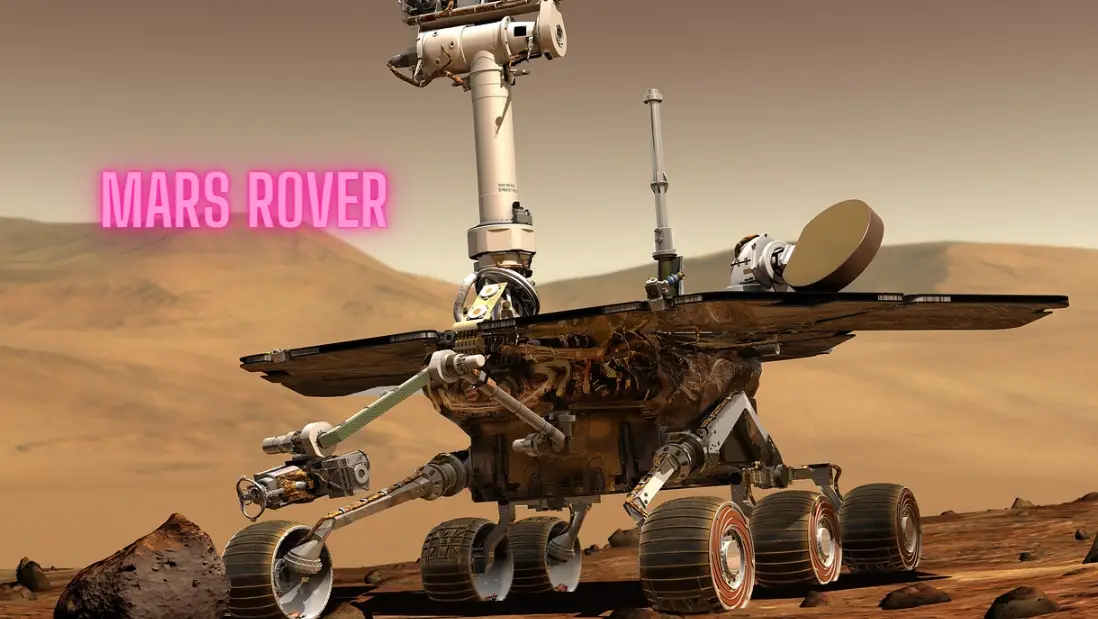People on Earth have always been fascinated by the idea that there might be other forms of life out there in the vastness of space. The Mars Rover was one of the most famous and fruitful exploration vehicles ever sent into space. Over the course of human history, several missions have been sent into space to investigate other celestial bodies. The Mars Rover, which was developed by NASA and sent into space, has brought us a wealth of information about the planet Mars. However, the question that needs to be answered is whether or not the Mars Rover is still operational.
In order to find a solution to this topic, it is necessary to have some background knowledge on the Mars Rover missions. As part of the Mars Pathfinder mission, the very first Mars Rover, which was given the name Sojourner, touched down on the red planet in 1997. Sojourner was in operation for approximately three months, during which time it took pictures and gathered data on the surface of Mars. It was a mission that broke new ground and laid the path for further investigation in the future.
After the accomplishments of the Sojourner Mars Rover, NASA decided to move forward with the development of the next generation of Mars Rovers and launched Spirit and Opportunity in 2003. These rovers were supposed to be able to function for a total of ninety days on Mars, but they have far surpassed that estimate. Spirit was in service for more than six years, while Opportunity was able to carry out its mission for an incredible 15 years. Both rovers delivered a wealth of data to the scientists who were using them, including signs of water activity that had occurred in the past on Mars.
The unfortunate event that befell Spirit in 2010 was that it became mired in loose soil and was unable to move. After NASA’s attempts to rescue the rover proved fruitless in 2011, the space agency made the decision to officially halt the project. Despite this, Opportunity maintained its study of Mars all the way up until June 2018, when a catastrophic dust storm blanketed the entire planet. The storm covered the solar panels of the rover, which cut off its power source. Despite NASA’s multiple attempts to restore communication, the agency announced in February 2019 that the mission was successful and had been completed.
However, that is not where the tale finishes. In recent years, NASA has dispatched a another rover to the planet Mars. This one, suitably named Perseverance, arrived on the surface of the red planet in February of 2021. Ingenuity, a miniature helicopter, is one of the many cutting-edge scientific equipment that are carried by the Perseverance. Other cutting-edge scientific instruments include a drill for collecting rock samples, a camera that is capable of capturing high-resolution photographs, and a camera that is capable of capturing high-resolution images. The Mars Sample Return campaign, of which this newest rover is a member, has as its objective the collection and storage of rock samples for potential analysis on Earth in the future.
As of the time this article was written in May 2023, the Perseverance organization is, in fact, still in business. The rover has been quite active in investigating the Jezero Crater, which is thought to have been the site of a lake in the past. It has already transmitted back stunning photographs of the Martian terrain, and it has even recorded the sound of wind blowing across the surface of the planet. Additionally, the Ingenuity helicopter, which was successfully launched by the Perseverance, has successfully completed a number of historic flights, demonstrating that powered flight is possible despite the thin atmosphere of Mars.
The mission known as Perseverance is the most recent installment in humanity’s never-ending quest to explore the mysteries of Mars. The rover is poised to make substantial discoveries and add to our understanding of Mars’s history and its potential to host life thanks to its improved capabilities and long-term mission objectives. These will allow the rover to better study the red planet.
Perseverance, the newest member of the Mars exploration family, is continuously active and continues to operate on the red planet even though its predecessors, Sojourner, Spirit, and Opportunity, have all successfully finished their missions. The Perseverance mission, with its cutting-edge equipment and lofty goals, has a great deal of promise for elucidating hitherto unknown aspects of Mars and its capacity to be home to traces of life. In spite of the fact that we are excitedly anticipating the next batch of discoveries, it is abundantly evident that the Mars Rover program will continue to be an essential and motivational activity in our investigation of the cosmos.
![]()
